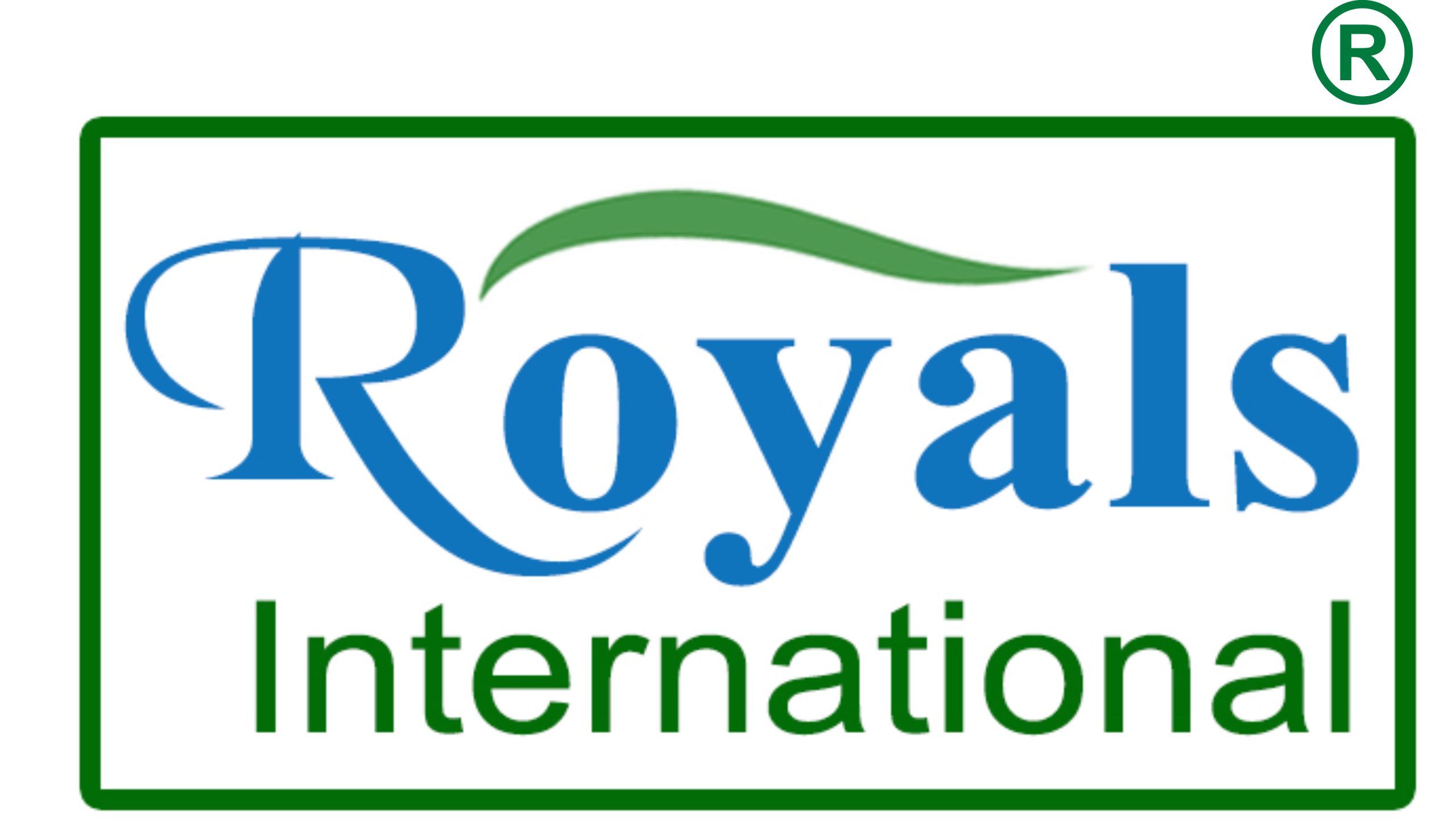Implementing micro-influencer campaigns for local brand engagement requires more than just identifying and contracting with influencers—it demands a nuanced, strategic approach to building authentic, mutually beneficial relationships. This deep-dive explores the specific techniques for crafting personalized outreach, fostering long-term collaborations, and embedding relationship management into your campaign workflow, ensuring sustainable local influence and brand loyalty. By focusing on actionable steps, real-world examples, and expert insights, this guide provides the concrete tools necessary for elevating your local influencer strategy beyond transactional interactions.
Dividing the Fundamentals: From First Contact to Long-Term Partnership
A foundational element of successful local micro-influencer campaigns is the development of personalized outreach messages that resonate on a human level, rather than using generic templates. This requires understanding each influencer’s unique community, interests, and content style, and then tailoring your communication accordingly. The goal is to establish trust and demonstrate genuine interest, which encourages collaboration that feels authentic both to the influencer and their audience.
1. Developing Personalized Outreach Messages That Resonate Locally
a) Conducting Deep Influencer Research
Begin with comprehensive research using tools like Upfluence, Heepsy, or manual social media audits. Identify influencers with high engagement rates within your target locality—look beyond follower counts. Focus on those whose content themes align with your brand and who demonstrate genuine community interaction through comments, shares, and local references.
b) Crafting the Message Framework
Create a flexible template that emphasizes personalized details. For example, reference specific posts or community events they’ve participated in. Highlight why their voice uniquely matches your brand story. Use their name, mention local landmarks or events, and express appreciation for their authentic engagement, thus making the outreach feel tailored and respectful of their individuality.
c) Sample Outreach Template
| Component | Example |
|---|---|
| Greeting | Hi [Name], I loved your recent post about [local event]. |
| Personal Connection | Your story about [local landmark] really resonated with our community. |
| Value Proposition | We’d love to collaborate and showcase your voice while supporting [local cause or product]. |
| Call to Action | Are you open to a quick chat about a potential partnership? |
2. Approaches for Building Long-Term Micro-Influencer Relationships
a) Establishing Regular, Meaningful Interactions
Shift from one-off campaigns to ongoing engagement by commenting on their posts, sharing their content, and attending local events they participate in. Use social listening tools like Brandwatch or Meltwater to monitor their activity and identify opportunities for genuine support or collaboration, such as guest appearances or co-hosted events.
b) Providing Value Beyond Campaigns
Offer exclusive early access to new products, invitations to VIP local events, or co-creation opportunities for content. This approach fosters loyalty and positions your brand as a trusted partner rather than just a sponsor. Document these interactions to create a narrative of a long-term, mutually beneficial relationship.
c) Formalizing the Relationship
Use formal agreements that outline expectations, content rights, compensation, and exclusivity clauses. Even for micro-influencers, clear contracts prevent misunderstandings. Incorporate clauses for ongoing collaboration, such as quarterly check-ins or performance reviews, to ensure alignment over time.
3. Step-by-Step Guide to Negotiating Collaboration Terms and Expectations
a) Preparation Phase
- Define your campaign objectives, KPIs, and target influencer profile.
- Research influencer rates, typical deliverables, and engagement metrics.
- Draft a comprehensive collaboration proposal including scope, compensation, and timelines.
b) Negotiation Phase
- Initiate contact with a personalized message emphasizing mutual benefits.
- Discuss deliverables, content deadlines, and compensation openly, referencing your proposal.
- Be flexible but firm on key points like content authenticity, local messaging, and disclosure requirements.
c) Finalizing and Documenting
Use clear, concise contracts that specify deliverables, timelines, payment terms, usage rights, and compliance clauses. Incorporate an approval process for content drafts, and schedule follow-up meetings to foster ongoing communication.
4. Troubleshooting and Advanced Tips for Relationship Management
a) Avoiding the Pitfall of Tokenism
“Ensure your micro-influencers genuinely care about your brand and community—token gestures erode trust and diminish authenticity.”
Authentic engagement stems from shared values and genuine interaction. Avoid superficial collaborations driven solely by discount codes or reach metrics. Instead, prioritize influencers who demonstrate a real affinity for your brand’s mission and local relevance.
b) Managing Content Inauthenticity or Non-Compliance
“Proactively educate your influencers about disclosure rules, and establish a rapid response plan for addressing non-compliant content.”
Develop a content review checklist aligned with FTC guidelines and your brand standards. Use tools like Traackr or manual audits to monitor influencer content before and after posting. Address issues promptly with clear, respectful communication, and adjust future collaborations accordingly.
5. Embedding Relationship Management into Your Campaign Workflow
| Action Step | Implementation Tactic |
|---|---|
| Regular Check-ins | Schedule quarterly video calls or in-person meetings to review progress and gather feedback. |
| Shared Content Calendars | Use collaborative tools like Asana or Google Sheets to align posting schedules and content themes. |
| Performance Dashboards | Leverage platforms like Iconosquare or Sprout Social to track engagement and conversions in real-time. |
6. Final Recommendations and Broader Context
Building authentic, long-term micro-influencer relationships in your local campaigns is a strategic process that extends beyond initial outreach. By implementing personalized communication, establishing ongoing engagement routines, and embedding relationship management into your workflow, you foster trust and advocacy that amplifies your brand’s local presence.
For a comprehensive understanding of how these practices integrate with your overall brand strategy, consider exploring this foundational resource: {tier1_anchor}. Additionally, for broader insights into micro-influencer content strategies, review the detailed framework in {tier2_anchor}.
By following these expert-driven, actionable steps, your brand will not only secure authentic local influencer partnerships but also build a resilient network of advocates committed to your long-term success.


Leave a Reply